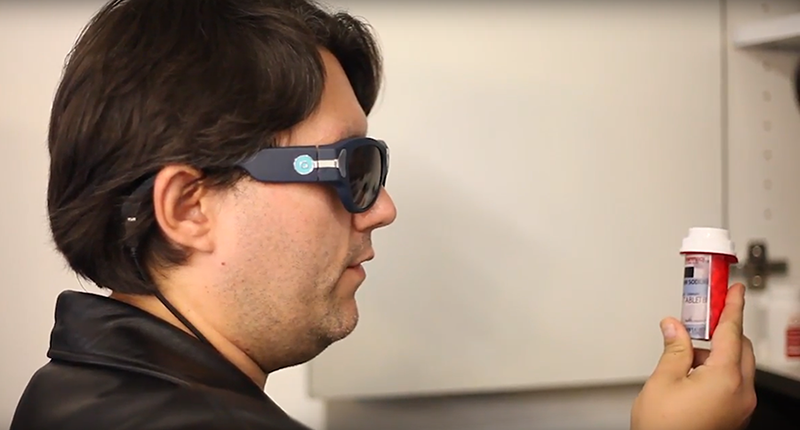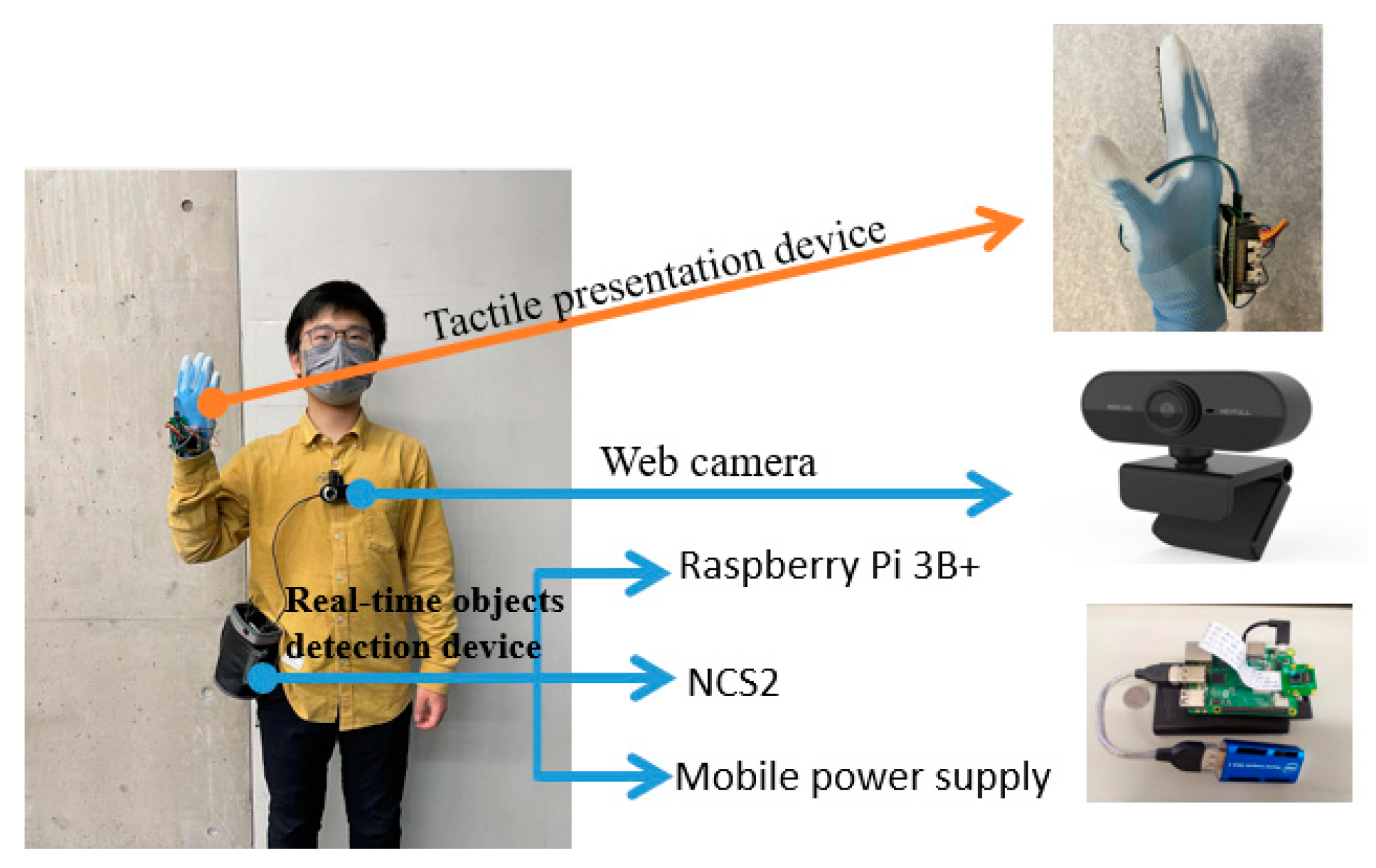Assistive Technology for the Blind: Tools to Transform Lives
Assistive Technology for the Blind: Tools to Transform Lives
Blog Article
Empowering Independence With Assistive Technology for the Blind
The integration of assistive technology right into the lives of people with aesthetic disabilities stands for a substantial advancement in advertising self-reliance and self-sufficiency. From ingenious screen readers to innovative wise canes, these devices not just enhance day-to-day navigating and communication yet additionally encourage customers to engage meaningfully in various elements of life. As we discover the myriad benefits and real-world applications of these technologies, it becomes crucial to take a look at the hidden factors that add to their effectiveness and the capacity for future growths in this essential area.
Summary of Assistive Technology

The development of assistive technology is based in concepts of inclusivity and empowerment. Developments in software, hardware, and sensory improvements supply users with alternatives tailored to their details demands. From display visitors that transform text to speech, to tactile tools that share info via touch, these devices transform the way people engage with their environments.
Along with useful applications, assistive technology cultivates greater social addition and engagement in different sectors, including education and employment (AI-powered visual aids). As r & d remain to progress, the possibility for assistive modern technology to additionally improve the lives of aesthetically damaged people continues to be encouraging, paving the means for a more fair culture where every person can grow
Kinds of Assistive Instruments
A range of assistive tools have actually arised to sustain people with aesthetic disabilities, each created to satisfy certain needs and boost day-to-day performance. These tools vary from low-tech remedies to modern advancements, supplying diverse choices for customers.
Low-tech devices consist of magnifiers and large-print products that help in reading and writing. Braille tools, such as Braille slates and styluses, make it possible for responsive analysis and communication. Orientation and mobility help, like white walking canes, assist individuals navigate their environment safely.
On the higher end of the spectrum, digital magnifying systems and screen viewers offer substantial assistance. Electronic magnifiers allow customers to enlarge message and pictures on displays, while display readers transform digital web content right into synthesized speech, facilitating accessibility to information on mobile phones and computers.
Smartphone applications likewise play a critical function, offering functions like text acknowledgment and navigating assistance. Wearable technology, such as clever glasses geared up with increased truth, is becoming an encouraging tool to enhance situational understanding.
Benefits of Assistive Technology
The assimilation of assistive modern technology considerably boosts the high quality of life for individuals with visual disabilities. These technologies encourage individuals by advertising independence, enabling them to browse their environments better and do day-to-day tasks with better simplicity. Display viewers and magnifying software program allow people to gain access to electronic info, cultivating educational and professional chances that might have formerly been out of reach.
Furthermore, assistive devices such as smart canes and GPS applications offer real-time navigation help, improving flexibility and safety and security. This boosted autonomy not only enhances self-esteem but additionally encourages social engagement, enabling users to participate more totally in their communities.
Assistive technology likewise promotes communication, assisting individuals link with others through voice recognition and text-to-speech applications. This capability is important for preserving connections and accessing vital info.
Furthermore, the personalization choices offered with many Click Here assistive technologies make certain that customers can tailor tools to their certain requirements, additionally improving use and efficiency. In general, the benefits of assistive technology for people with visual disabilities are profound, promoting a more comprehensive society where everyone can pursue their goals and desires.
Situation Researches and Success Stories
Highlighting the transformative impact of assistive innovation, many situation studies illustrate just how people with aesthetic disabilities have successfully incorporated these devices into their everyday lives. One compelling example includes an university student that utilized display analysis software application to browse on the internet sources and scholastic materials successfully. This technology not only facilitated her education but likewise improved her confidence in joining discussions and group projects.
Another study includes a professional that uses a smartphone application developed for navigating and object acknowledgment. By utilizing this application, he has actually regained freedom in both his individual and work atmospheres, enabling him to commute separately and engage with associates better.
Additionally, a retiree shared her experience with braille e-readers, which enabled her to access a vast array of literary works and stay linked with her neighborhood through book clubs.
These success tales emphasize the critical function of assistive innovation in fostering independence, boosting high quality of life, and promoting social assimilation for people with visual problems (Wearable technology for low vision). By embracing these cutting-edge tools, customers can get rid of challenges and confiscate opportunities that add to their expert and personal fulfillment

Future Fads in Assistive Modern Technology
Innovation in assistive modern technology is positioned to redefine the landscape of assistance for individuals with visual impairments. Arising patterns highlight the integration of expert system (AI) and artificial intelligence, which improve the functionality of devices that aid with navigation and information accessibility. For example, AI-driven applications are now capable of interpreting aesthetic data in real-time, enabling customers to involve with their environment extra separately.
In addition, the advancement of wearable modern technology is advancing quickly. Smart glasses equipped with increased truth (AR) can provide audio descriptions of environments, changing how customers interact with public areas. These tools not only promote freedom yet also foster social addition.
In Addition, the Internet of Things (IoT) is making homes smarter, permitting smooth connectivity between day-to-day devices and assistive devices. This connection encourages customers by making it possible for computerized reactions and voice-activated controls customized to individual demands.
Final Thought
In final thought, assistive modern technology plays an essential role in equipping individuals with visual impairments by enhancing their self-reliance and interaction with their surroundings. The varied series of devices and applications readily available not only facilitates navigation and communication however additionally promotes social combination and opportunities for specialist and personal growth. As description developments continue in this field, the capacity for improving the high quality of life for those with visual impairments will certainly expand, cultivating better freedom and empowerment.

Report this page